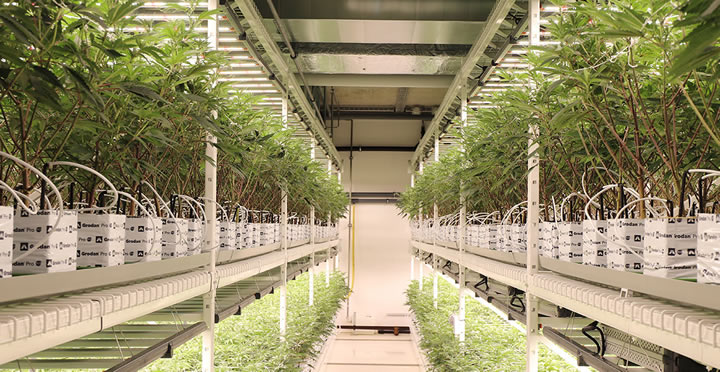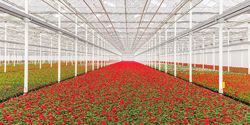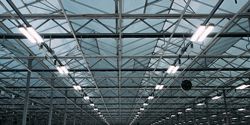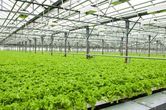Full LED from Philips Horticulture LED Solutions saves 40% of energy for Topline Gerbera and increases stem weight
The Philips GreenPower LED toplighting force installation delivers more light with considerably less energy consumption, and can be used longer on an annual basis.
The Importance of Data and Software in CEA Planning
We have consultants that use Agritecture Designer as part of their deliverables to clients. We have vendors that use AD as a sales tool when speaking with customers, and we even have educators interested in using AD as part of their CEA curriculum.
Traditional & vertical farm to partner on their road to Net Zero
Two long-standing farming families have joined forces to realise their ambition to reach Net Zero by using traditional methods supported with cutting-edge technology, including an onsite vertical farm powered by solar panels.
Cultivating Sustainable Cannabis in South Africa
Cannabis is well-known to be a resource-intensive crop. From lighting to water to HVAC to soil, there are numerous factors that affect production, morphology, costs, and waste.
The Importance of DLI and Light Quality
Different plants require a different amount of light for healthy crop production. High-light crops, such as tomatoes, peppers, and cucumbers require a high Daily Light Integral (DLI). Both their quality and yield depend on them getting enough light throughout the day.
New York City, The Epicenter for Controlled Environment Agriculture (CEA)
New York City (NYC) has seen a significant boom in companies pioneering hydroponics, aeroponics, and aquaponics. According to PitchBook Data, venture capitalists invested $1.42 billion in agriculture-related startups in NY from 2012-2020.
Empire State Development Announces Finalists Selected for Round Three of the Grow-NY Food and Agriculture Business Competition
20 Startups from Across the Globe will Compete to Win a Combined Total of $3 Million in Prize Money.
HYBRID LIGHTING STRATEGIES: ADVANTAGES, DISADVANTAGES AND GETTING STARTED
Research on the ideal lighting for greenhouse cultivation reveals a fundamental truth: LED systems are far more efficient and effective than their HPS counterparts.
What to Look for in a Greenhouse Light Plan
When it comes to lighting a greenhouse or any indoor grow facility, the number of factors to consider can seem overwhelming. Should you choose intelligent LEDs? Should you go old-school with HPS?
Freight Farms Case Study - Lotus House
In 2019, the Lotus House community expanded its resources and programming with the arrival of a Greenery container farm. The farm is the cornerstone of the nonprofit's educational programs for young residents, inspiring their curiosity about science, plants and nutrition.
Cosy Climate in the Greenhouse - Climate Sensors Ensure Optimum Growing Conditions
CO2, humidity and temperature sensors must provide accurate and reliable measurement results to the climate control system in the greenhouse. Inaccurate or even false readings impact on productivity and, in the worst case, can jeopardize the entire harvest.
The Absorption and Action Spectrum and the Benefits of Green Light
Light has a complex relationship with plants. When the light touches a leaf, it can be absorbed by, reflected from, or transmitted through to other leaves. Plants appear green to us because they reflect and transmit slightly more green light than they do blue or red.
Supplemental Greenhouse Lighting: Hacking the Sun to Grow Your Business
Growers who are able to optimize the supplemental light they provide to plants can eliminate seasonal changes in production cycles, increase crop production, ensure crop consistency and grow quality plants year-round.
Integrating Sensors Key to Improving Environmental Conditions for Growing
When precision is needed to improve the yield of a grow room, consider all the factors that must be controlled. Integrating sensors to monitor these attributes are key to improving the environmental conditions of a grower.
Records 1 to 14 of 14
Featured Product

The smartest dynamic LED grow light solution.
We set the standard in LED grow lights. No other grow light solution rivals Sollum's performance, thanks to innovation such as unmatched automatic dimming of light intensity and spectral in real time. Whether you grow specialty or mass market produce and all options in between, we have a cost-effective, environmentally friendly and fully supported LED grow light solution to fulfill your business needs.

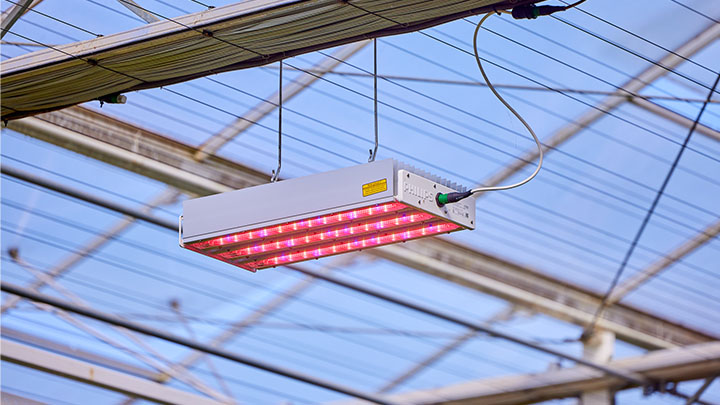

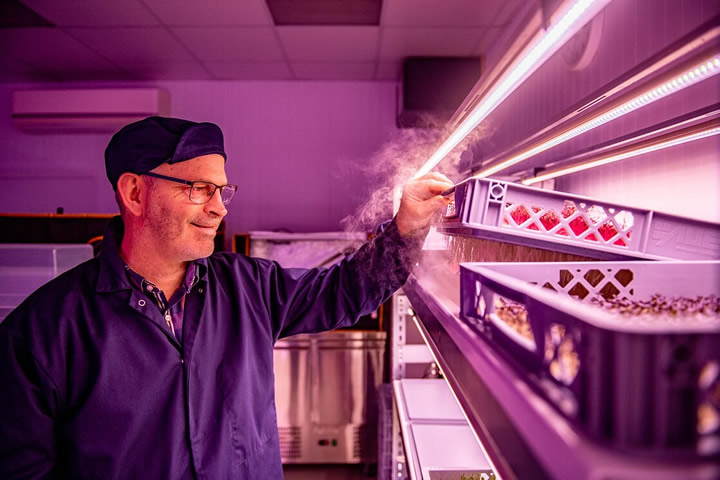
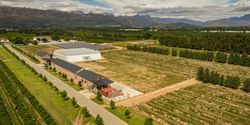
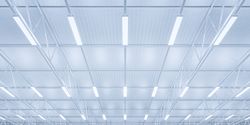
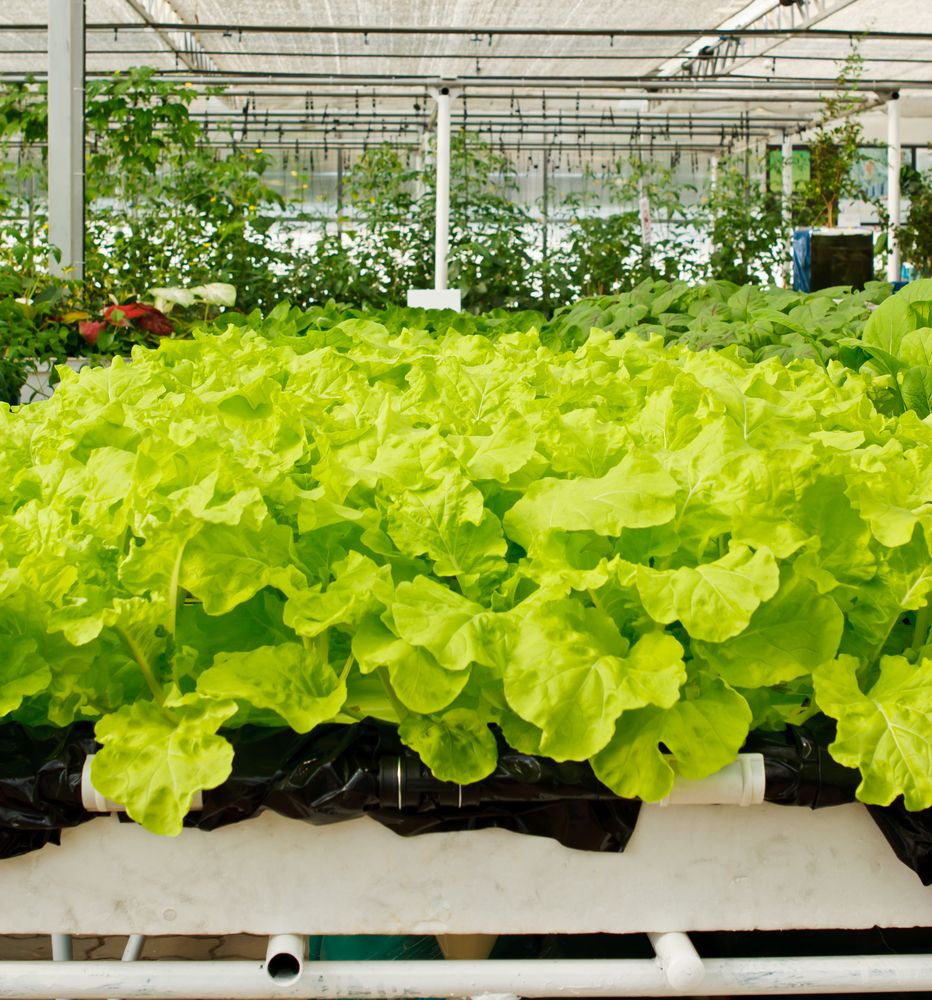
.jpg)
